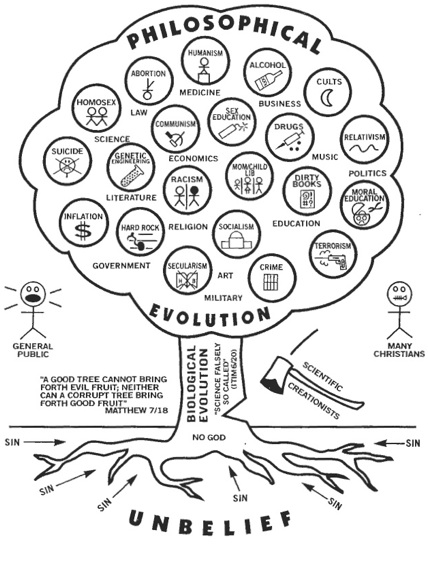Our unnecessary and absurd over-reaction to COVID had a dramatic effect on me. In the short term this effect is likely negative, time will tell what the long term effect will be.
Masks became the symbol of ignorance and blind obedience to illegitimate authority and support for tyranny. Several studies proved that these mask offer no significant benefit in protection from virus spread, and mostly serve as a bacteria trap we were forced to wear every day, all day, for months. I still hate them and what they represent to me.
I desperately wanted to trade this symbol of support for oppressive tyranny for a symbol of freedom. And I decided that for me, few things represent freedom like a motorcycle. I eventually bought a Harley Davidson Sportster, and it was exactly what I felt that I needed. It was loud, obnoxious, and less safe than other forms of transportation. And the idea that some would feel I had no business riding such a thing was part of the point.
At first I rode cautiously, as I was quite awkward on the thing. But after a couple of months I was riding with what might be called a “screw you” attitude. Not that I was reckless or anything, but I stopped caring about what others thought. If my neighbors don’t like it, tough. I like the style, I like the sound, I like the feeling, and I don’t care if you don’t. And if you say “stay safe”, I will at least think “stay free”.
As I often do, I asked myself what this has to do with the restored gospel, if anything. And I reflected on the idea that Mormonism (I know we are supposed to say Church of Jesus Christ of Latter-day Saints) is in some ways a rebellious movement. In a way it says “screw you” to Catholics and Protestants. Not is an internationally offensive way, but in a way that says your authority is not legitimate, and your creeds are abominable. We will not follow them, but will follow our own revelations and consciences. And if you don’t like it, then we will allow you to worship as you please, and expect the same from you.
There may be some who feel that the church is all about obedience and conformity, but I feel this is a misunderstanding. Even membership in the church is voluntary, as is believing and following any of its teachings. I am an active member of it because I sincerely believe in it, not because I am forced to be. Similarly, I wear a helmet when riding my motorcycle, not because Ohio forces me to (they do not) but because it seems like a good idea, and I am glad that the state allows me to make such decisions. I like being able to do otherwise if I were to choose so.
I am an individual, an American, and a Mormon. And without the ability to rebel in meaningful ways, none of these options would be available, nor meaningful. Stay free.




Recent Comments